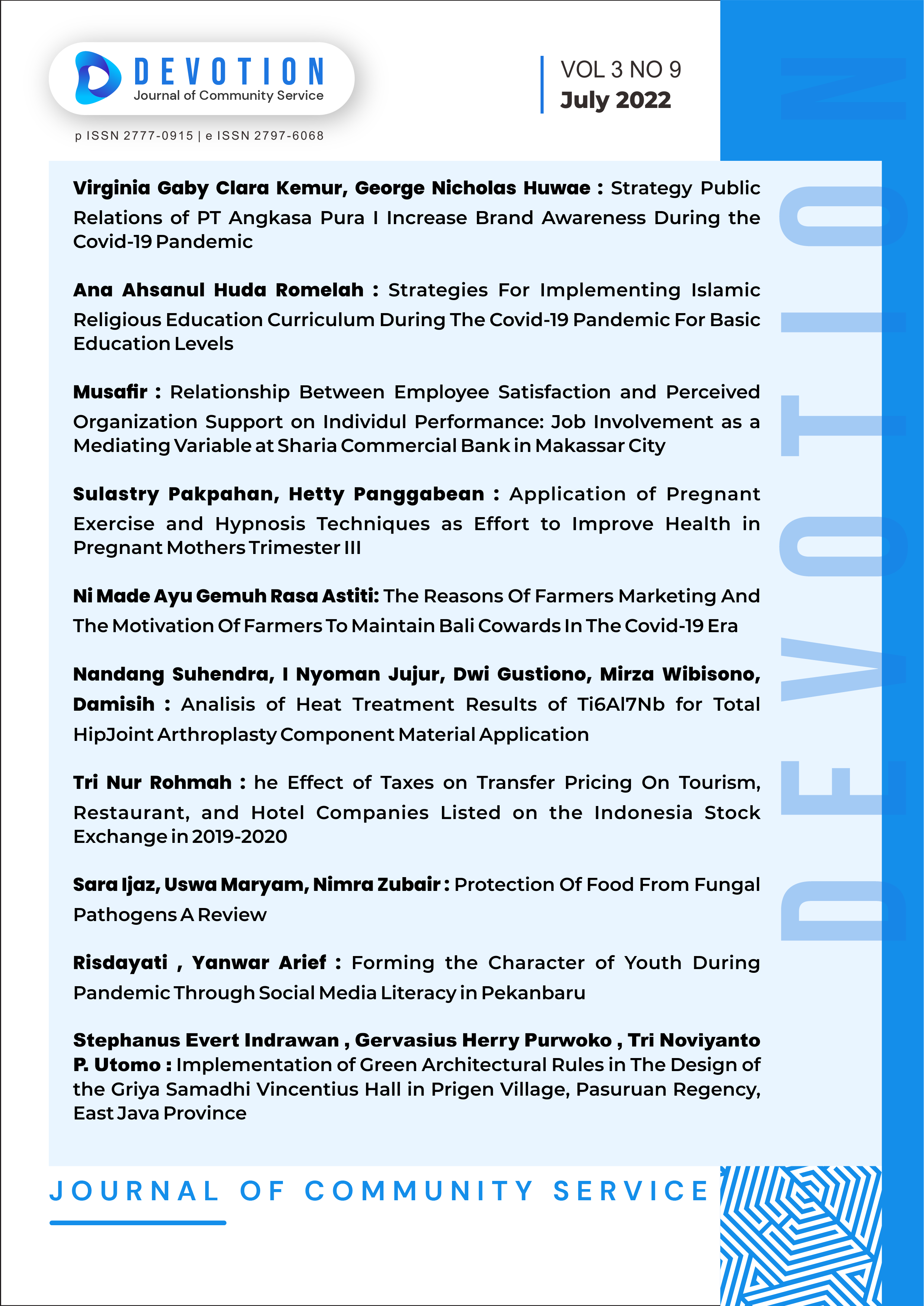Protection Of Food From Fungal Pathogens A Review
DOI:
https://doi.org/10.36418/dev.v3i9.183Keywords:
Phytopathogen, Antifungal, Plant ExtractsAbstract
The profitability, quality, and output volume of plant production is significantly influenced by plant fungal diseases. These phytopathogens are persistent in getting past plant defences, which leads to diseases and quality losses that cost the US economy billions of dollars every year. Farmers have employed fungicides to manage the damage caused by plant pathogenic fungus in order to combat the epidemic of fungal plant diseases. Researchers and growers are looking for alternate solutions because of drawbacks including resistance development and environmental damage linked to these drugs. Materials and Procedures Using the search terms "plant fungal pathogen," "plant extracts," and "phytopathogens," several databases were consulted to learn more about research on protecting plants against plant fungal diseases. The best extractants and bioassay methods are suggested for use. Results: Plant fungal diseases have previously been treated with biological agents in addition to conventional fungicides. There are numerous instances when plant extracts or chemicals derived from plants have been employed on a broad scale as commercial fungus deterrents in agricultural and horticultural settings. The fact that plant extracts typically include many antifungal compounds is a benefit of this strategy. Consequently, if various substances have an impact on various metabolic processes, the development of pathogen resistance may be reduced. Plants grown with the use of plant extracts may also be marketed as organic. Numerous studies on potent antibacterial substances found in plant extracts with a focus on applications in human health have been released. To create acceptable, affordable, efficient, and sustainable botanical solutions that can be utilised to combat the epidemic of plant fungal infections, more study is necessary. Conclusions: The benefits of concentrating on plant fungal infections should be considered by scientists who have solely concentrated on using plants to control human and animal fungal illnesses. This strategy is considerably simpler to assess the efficacy in greenhouse or field studies, which could boost the food security for farmers in rural areas and result in financial incentives. Extracts may still be valuable in the floriculture sector even if they are hazardous
Published
Issue
Section
License
Copyright (c) 2022 Sara Ijaz, Uswa Maryam, Nimra Zubair

This work is licensed under a Creative Commons Attribution-ShareAlike 4.0 International License.
Authors who publish with this journal agree to the following terms:
- Authors retain copyright and grant the journal right of first publication with the work simultaneously licensed under a Creative Commons Attribution-ShareAlike 4.0 International. that allows others to share the work with an acknowledgement of the work's authorship and initial publication in this journal.
- Authors are able to enter into separate, additional contractual arrangements for the non-exclusive distribution of the journal's published version of the work (e.g., post it to an institutional repository or publish it in a book), with an acknowledgement of its initial publication in this journal.
- Authors are permitted and encouraged to post their work online (e.g., in institutional repositories or on their website) prior to and during the submission process, as it can lead to productive exchanges, as well as earlier and greater citation of published work.













